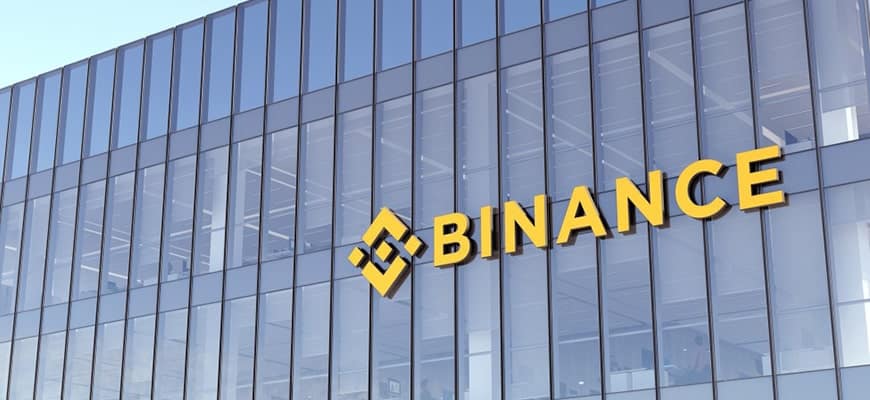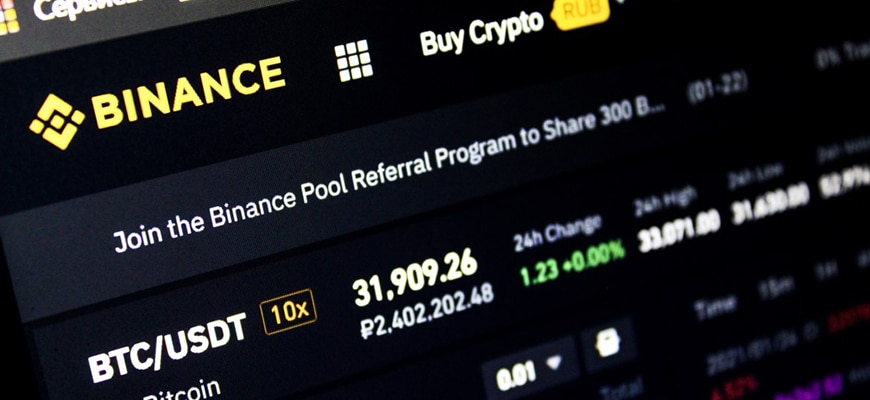Bear Market is when asset prices in the market fall 20% or more from recent highs. As a result, investor confidence falls and the economy and market become pessimistic.
What is a bear market?
A bear market is a market which in the last few months has lost 20% of its value from its previous high. It is often triggered by an economic downturn or a once-in-a-lifetime event with economic consequences, such as a new coronavirus.
Why is it called a bear market?
Some suggest that the bear market is so named because of the old adage that you can’t sell a bear pelt before you catch a bear. Others believe the term is named for the fact that the bear attacks its prey by throwing its paws down.
How long does a bear market last?
Actually, bear markets occur from time to time. There have been 13 bear markets on Wall Street since World War II (on average every five or six years), and the duration of each one was about 362 days – just over a year.
In most cases, the bear market corrects, and the economy recovers fairly quickly. However, if stock prices continue to decline, it can lead to a recession. A recession occurs when the economy stops growing for an extended period of time-usually two quarters or more of negative economic growth-this is called a recession.
The difference between a Bear Market, a market correction and a pullback
- A rollback is a 5-10 percent drop in price, temporary, usually lasting a few days or weeks. It resembles a normal period of adjustment, with a slight pullback from the recent high, but no change in the underlying trend.
- Market correction occurs if prices fall 10%-20% and hold in that zone for two to four months. Periods like this are extremely volatile, and it can make investors wary of a bear market and sell. Real-time news releases can exacerbate these fears as investors can be influenced by crowd psychology and make pre-emptive judgments.
- When prices fall by 20% or more, a bear market occurs, which can last from several months to several years. As a result, investor confidence falls and investors mostly exit the market. As more investors sell their stocks to avoid more losses, trading activity declines.
Examples of notable bear markets
Let’s look at some of the most famous and serious bear markets since the Great Depression.
- The Great Depression began in 1929 and was one of the longest and most severe economic recessions in the world. The global economy did not begin to revive until the late 1930s. According to some, the 1929 U.S. stock market crisis was the trigger, while others argue that it was more of an effect than a cause. The collapse of Wall Street in 1929 was a sharp and unexpected drop in the value of stocks on the New York Stock Exchange. It was followed by a crash on the London Stock Exchange, signaling the beginning of the Great Depression, followed by the post-World War I era of luxury. This fall was due to an excessive expectation that the market would continue to rise as more and more people became involved.
- From the late 1990s, numerous new technology companies such as Google, Amazon (NASDAQ: AMZN) and Yahoo! began to grow rapidly, thanks to the widespread use of the Internet, which helped expand the market. The S&P 500 Index rose nearly 400% before falling 49% in March 2000. As a result of excessive speculation and positive market enthusiasm, prices were so high that they could not be justified. Investors continued to pour money into dot-com stocks, and supply began to exceed demand. Nevertheless, even as more firms wanted to go public, sometimes without a good plan, they managed to attract investors to unproductive operations.
- With the housing crisis and excessive risk-taking by financial institutions, the global financial crisis of 2007-2008 was the worst bear market since the Great Depression. In September 2008, when Lehman Brothers filed for bankruptcy, the global banking crisis began. As a consequence of these events, the S&P 500 Index lost about half of its value, yet in 2009 the market started rising again and entered a bull market that lasted until February 2020.
- In December 2017, bitcoin fell from $20,000 to just over $3,200 in a matter of days, making it one of the most famous cryptocurrency crashes. It subsequently rose in value, reaching around $65,000 per coin in April 2021 before falling to below $32,000 in May.








